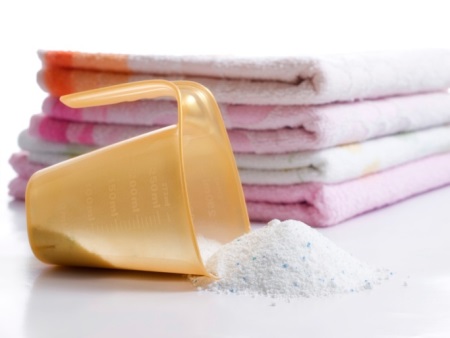What is the best powder to choose for the washing machine?

In order for your washing machine to last as long as possible, while causing as few problems as possible, it's not enough just to follow the recommended rules for using the appliance (although this is certainly one of the most important factors). No less important is the right choice of laundry detergent, primarily laundry detergent.
Usually housewives give preference to a single brand, changing it no more often than every few years. In this case, they can be guided by a variety of considerations - a favorable price, a pleasant aroma, brand awareness, etc. But when choosing a detergent, we rarely think about how our choice affects the condition of the washing machine.

In this article we will tell you about how poor-quality laundry detergent can damage the mechanism of the washing machine and about what criteria should correspond to a quality detergent. We will also try to give you some recommendations on the choice of laundry detergent, which, we hope, will help you to navigate in a huge variety of means, presented on the shelves of stores.
Requirements
Choosing a laundry detergent, we have to solve several problems, because bought the product should not only wash things well, be safe for household members, but also "treat" carefully the internal parts of the washing machine.
A good laundry detergent must meet the following basic requirements:
- cope with different types of dirt;
- Wash laundry well, making it fresh;
- Dissolve and rinse well with water;
- Do not have in its composition hazardous components;
- Do not cause allergies and skin irritations;
- not to be deposited on the inner elements of the washing machine;
- do not clog filters.
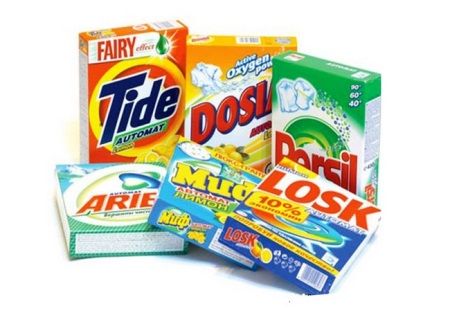
Composition
The quality of laundry detergent is largely determined by its chemical composition. In addition to the main active ingredient, most laundry detergents contain various additives that provide a pleasant fragrance, conditioning effect, prevention of scaling, etc.
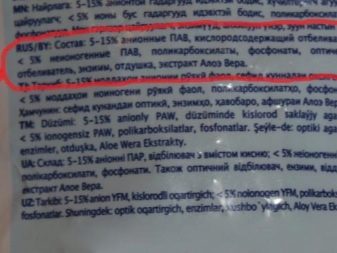
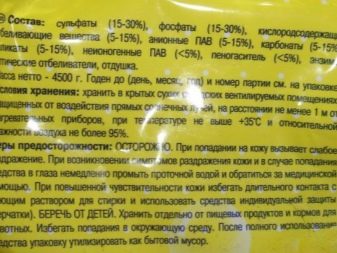
Powders, which have passed the appropriate certification, should not have in their composition aggressive chemicals; all components of such products must be safe for human life and health. Among experts there is an opinion that phosphates, which are added to laundry detergent to reduce water hardness, can be harmful, so now the production and sale of phosphate-free household chemicals is actively carried out.
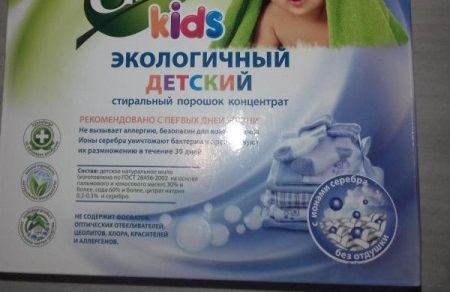
How to test for quality
To test the laundry detergent at home is quite difficult, because the quality of washing is only one of the criteria by which this product is evaluated. How the use of a particular laundry detergent affects the condition of the washing machine can be determined only through special, long-term tests.
Of course, there are organizations that conduct research on the quality of laundry detergents, comparing products from different manufacturers on several key parameters. Such studies require a lot of time and financial expenses, as they need to buy not only household chemicals, but also washing machines.
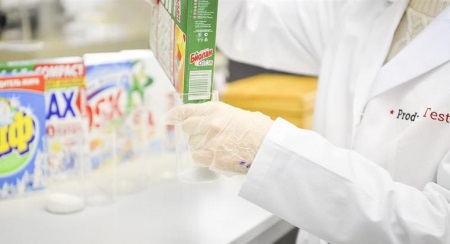
Overview of popular brands
In recent years, many studies have been conducted, the purpose of which is to analyze the quality of products on the market of household chemicals and choose the best laundry detergents. The results of these studies we have displayed in the form of a table - for convenience.
|
Name |
Manufacturer |
Features |
Average price |
|
Sarma Active |
JSC Nevskaya Cosmetics |
|
79 rubles per 500 g package |
|
"Ears Nanny |
JSC Nevskaya Cosmetics |
|
316 rubles for a 2.4 kg bag |
|
Losk Color |
Henkel |
|
290 rubles for a 3 kg bag |
|
"Color Aloe Vera |
Frosch |
|
500 rubles per 1.35 kg pack |
|
Tide Color |
Procter & Gamble |
|
450 rubles for 3 kg |
|
"Tide Shine of Color |
Henkel |
|
400 rubles for 2 l bottle |
|
"Bos Plus" Maximum |
Stork |
|
49 rubles per 300 g package |
|
Reflect Color |
Neon Corporation Australia |
|
350 rubles per pack 650 g |
|
Ariel Active Gel Capsules |
Procter & Gamble |
|
500 rub. per pack of 805g (23 capsules) |
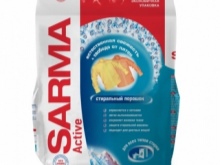
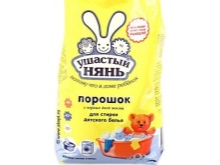
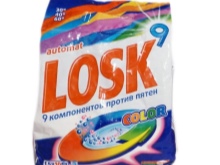
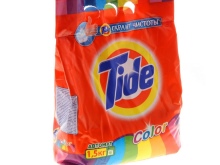
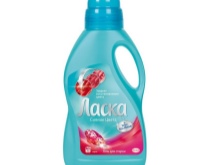
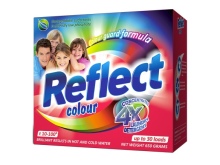
Selection advice
- Only powders labelled automatic are suitable for use in automatic washing machines. The label "automatic" on the package means that the detergent does not give a lot of foam, which is harmful to washing machines, because it can damage the machine.
- Pay attention to the label, which indicates that the product has passed all necessary tests, received the proper certification and is safe for health. If it says on the packaging that the powder is non-toxic or environmentally friendly, this gives it benefits.
- The chemical composition of the laundry detergent should be at least a cursory glance. For most of us, this information won't tell us much, but you should be wary if the product contains more than 5% surfactants and more than 12% phosphates.
- Extend the life of things is possible if you use a different kind of detergent for each type of fabric. Of course, this is not economical at all, but for your favorite wool or silk clothes is still worth buying a special laundry detergent.
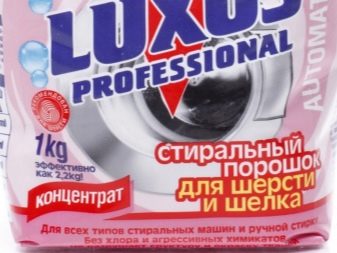
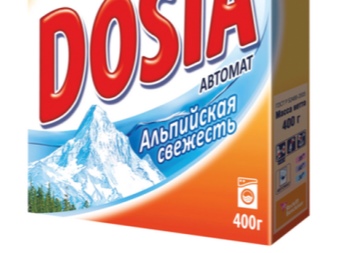
Where is the best place to load laundry detergent?
The washing machine has a special feeder with a dispenser for detergent and conditioner. Where it is located, everyone who at least once in his life has used a washing machine knows. However, some people prefer to pour the laundry detergent not in a special container, but directly into the drum. Is this right?
Experts say that only gel or capsules for washing should be loaded directly into the drum. In all other cases, you need to use the feeder. But hostesses often have difficulties with it too, because in most models of washing machines, the dispenser consists of several compartments.
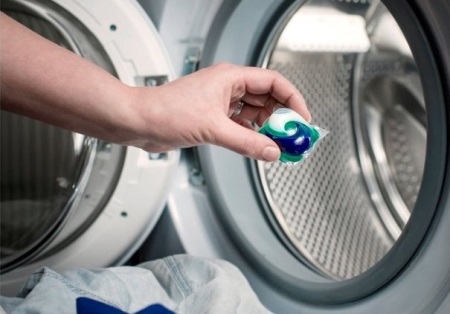
This is easy enough to figure out, you just need to fill in the symbols. The symbol "flower", "star" or "snowflake" indicates that this compartment is for conditioner or rinse aid. Roman numerals or letters of the Latin alphabet indicate the washing stages. For example, compartments I and A should be filled with powder for pre-soaking, and compartments II and B - for the main washing stage.

How much powder should be poured?
The recommended dosage of laundry detergent is usually listed on the product packaging, but this information can not always be trusted. The fact is that manufacturers strive to increase the sales of their products (and this is absolutely normal). To make customers buy the detergent more often, they need to use it faster, and without increasing the frequency of washing it is possible to do this only by increasing the consumption of the product. Therefore, the package often indicates the maximum dosage, which can safely be reduced by half. The standard dosage of laundry detergent is about 1 tbsp. of detergent per 1 kg of clothes.
